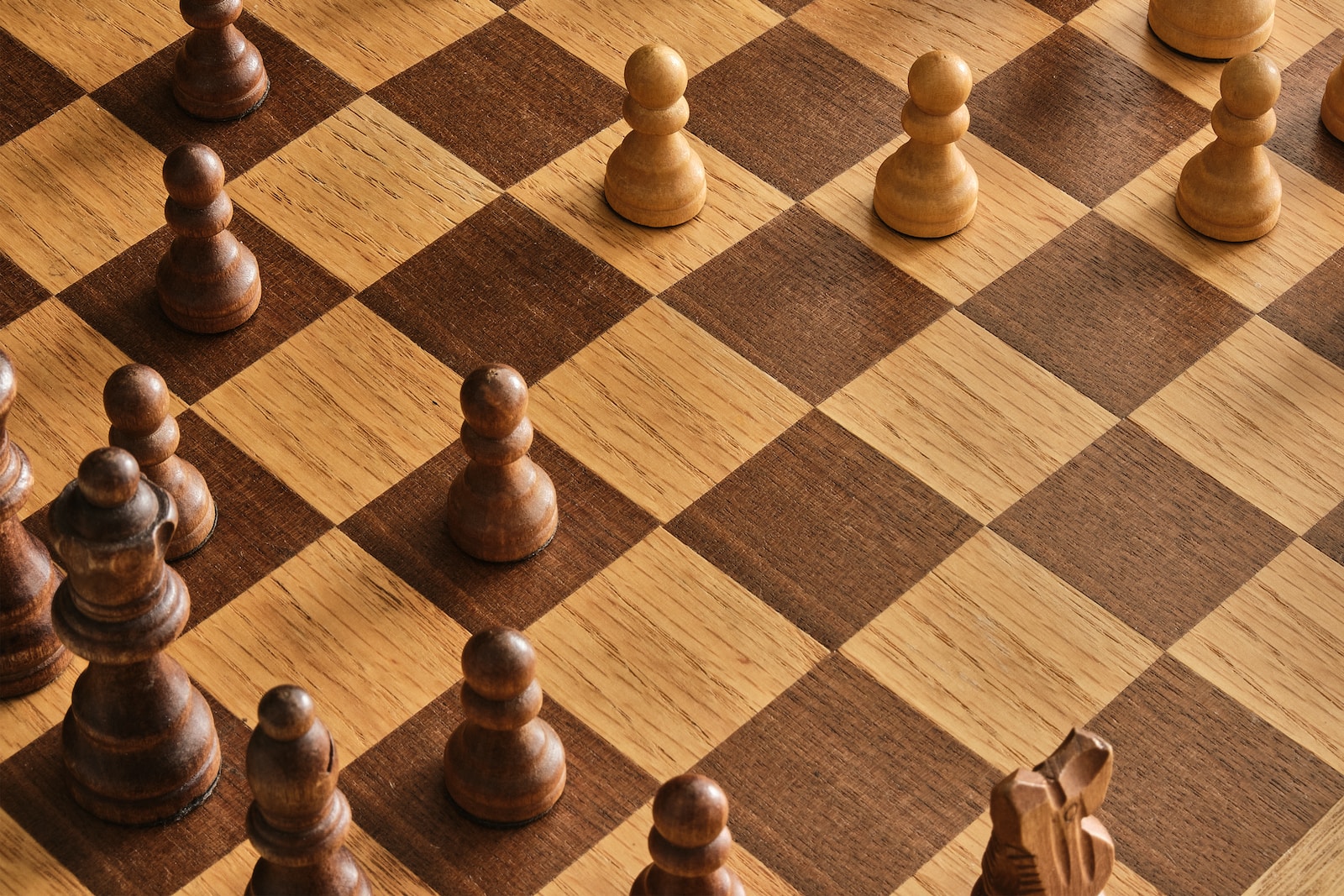Chess is a timeless game that has captivated players for centuries with its strategic depth and intellectual challenge. Originating in ancient India, chess has evolved into a game of profound complexity and beauty, attracting players of all ages and skill levels. In this article, we will explore the origins of chess, delve into the rules of the game, and uncover the reasons behind its enduring popularity as a classic board game.
The Origins of Chess
The origins of chess can be traced back to the Gupta Empire in ancient India, where it was known as “Chaturanga.” Initially played as a game of war strategy, chess gradually spread to Persia and then to the Arab world. With the expansion of trade and cultural exchange, chess found its way to Europe during the Middle Ages, where it underwent further development and refinement.
The Rules of Chess
Chess is played on a square board divided into 64 squares of alternating colors. Each player starts with 16 pieces: one king, one queen, two rooks, two knights, two bishops, and eight pawns. The objective of the game is to checkmate the opponent’s king, which means putting the king in a position where it is under attack and cannot escape capture.
The pieces move in different ways:
- The king can move one square in any direction.
- The queen is the most powerful piece and can move any number of squares in any direction.
- The rooks move horizontally or vertically any number of squares.
- The knights move in an L-shape, jumping over other pieces.
- The bishops move diagonally any number of squares.
- The pawns move forward one square, but capture diagonally.
These simple rules give rise to an infinite number of possibilities, making each game a unique and challenging experience.
The Timeless Appeal of Chess
Chess has maintained its status as a classic board game for centuries due to several key factors. Firstly, chess is a game of pure skill and strategy, where luck plays no role. This appeals to players who enjoy intellectual challenges and the opportunity to outwit their opponents through careful planning and foresight.
Secondly, chess offers a level playing field for players of all ages and backgrounds. It is a game that can be enjoyed by beginners and grandmasters alike, as everyone starts with the same set of pieces and the same objective. This accessibility has contributed to chess’s widespread popularity and its ability to transcend cultural and linguistic barriers.
Lastly, chess is a game that promotes cognitive development and critical thinking. Studies have shown that playing chess can improve problem-solving skills, concentration, memory, and creativity. It is often used as a teaching tool in schools to enhance logical reasoning and analytical abilities.
In conclusion, chess is a classic board game that has stood the test of time. Its origins in ancient India, the intricacies of its rules, and its enduring appeal to players of all skill levels make it a game like no other. Whether you are a beginner or a seasoned grandmaster, chess offers endless opportunities for intellectual growth, strategic thinking, and the thrill of a grandmaster’s battle.

Leave a Reply